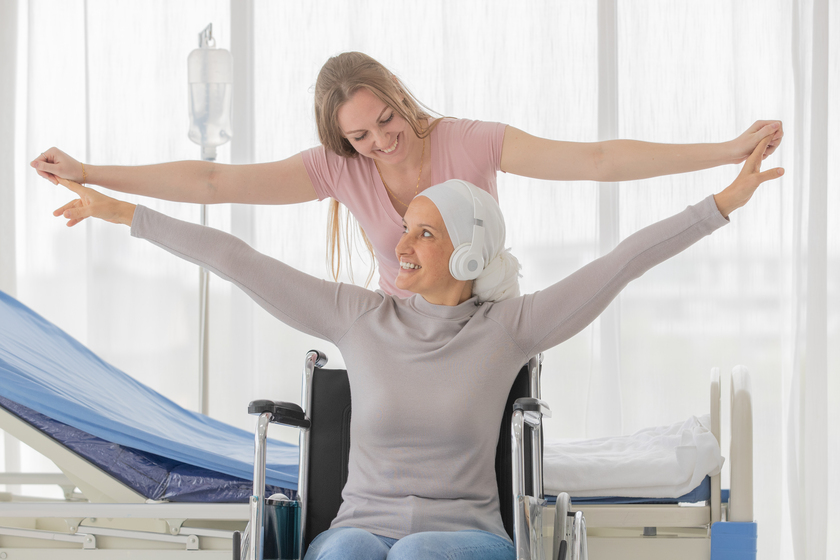Breast cancer is the most common cancer in women. It can affect any woman, but it’s more likely to affect older women. That’s why early detection is critical for aged women who are at an increased risk for breast cancer. Assisted living in Bexar County, TX, can help identify early signs of the disease and support patients through treatment and recovery. Here’s how.
Take Advantage of Onsite Mammography
Mammography is a screening tool for breast cancer that uses low-dose x-rays to detect breast tumors. Women who are over 40 years of age should get annual mammograms. Still, it’s vital for women at high risk of developing breast cancer to be screened more often than that.
Mammography can detect breast cancer before it’s visible to the naked eye. Thanks to assisted living, you might have a greater chance of saving your life if you have an early-stage tumor. The earlier you catch it, the better your chances of living through treatment and beating the disease.
Mammography isn’t recommended for women who have had a mastectomy (removal of one or both breasts). It’s also not recommended if you’re pregnant or breastfeeding because radiation from x-rays may harm your baby.
Encourage Self-Exams
Independent senior-friendly living communities can take proactive steps to help their residents detect early signs of breast cancer. Self-exams are the best way to detect changes in your breasts, but they’re not always practical or easy to perform. Assisted living communities can help residents get more familiar with their bodies by encouraging them to perform regular self-exams and report any suspicious symptoms immediately.
If you’re new at performing self-exams, start slowly with one breast at a time. Take time to set aside for this process. Be patient—it can be frustrating if something isn’t working right away!
Offer Education and Training for Caregivers
As a caregiver, you must know how to recognize the signs of breast cancer. After all, your loved one may be unable to explain any pain or lumps she is feeling in her breasts. Plus, it can be difficult for older adults with dementia to understand their doctor’s instructions and follow through with treatment plans.
When caregivers understand how to help their loved ones feel comfortable, it’s easier for them to help their family get the proper treatment at an earlier age. This can save lives in terms of people diagnosed early enough to survive or seeing their cancer spread less rapidly due to fewer missed appointments or incomplete treatments.
Assess the Symptoms and Risk Factors
Understanding the risk factors that increase your chances of developing breast cancer and what symptoms you might notice in yourself is critical.
Risk factors include age, family history, genetics, and radiation exposure. Age is considered a risk factor because the older you get, the more likely you are to develop breast cancer. If your mother or sister has been diagnosed with breast cancer before their 50th birthday, this increases your risk. Genetic testing can help determine if you have inherited a genetic mutation that increases your risk of developing breast cancer before age 40 or 50 (your lifetime risk).
Conclusion
Breast cancer is more than a healthy lifestyle and early detection. It also requires caregivers to recognize the signs of breast cancer and take action when necessary. Breast cancer is one of the most common cancers among women, and it can often be detected early if you know what to look for.







